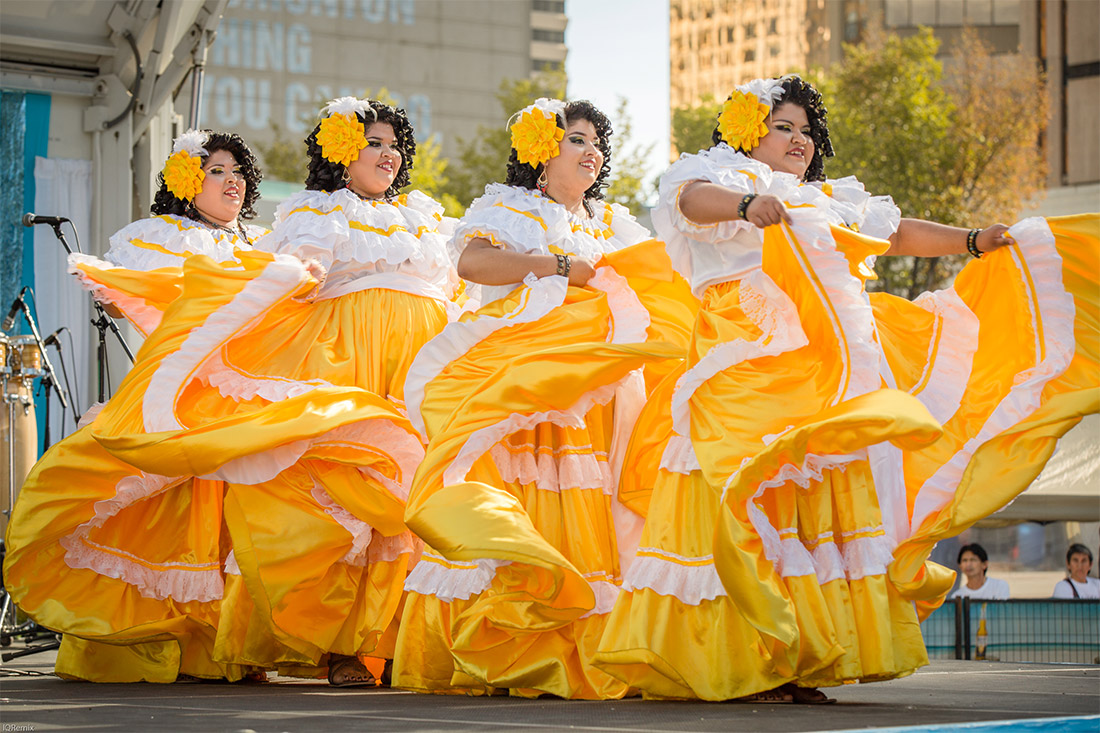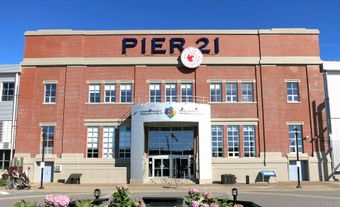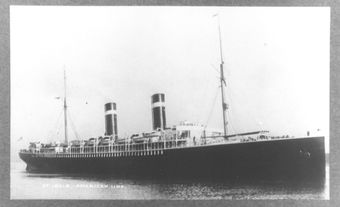Latin America refers to a group of republics in Central and South America. These countries include Argentina, Bolivia, Brazil, Chile, Colombia, Costa Rica, Cuba, Dominican Republic, Ecuador, El Salvador, Guatemala, Haiti, Honduras, Mexico, Nicaragua, Panama, Paraguay, Peru, Uruguay and Venezuela. Puerto Rico, the French West Indies and other islands of the West Indies may also be considered part of “Latin America.” The broader use of the term can also refer to countries where Romance languages, such as Spanish and Portuguese, prevail.
According to Statistics Canada, there were upward of 674,640 residents with a Latin American background in Canada in 2016.

Origins
Most historians and sociologists studying Latin America have generally done so from a colonial Spanish and Portuguese perspective. Many Latin Americans see themselves as a product of the Spanish conquest in the 16th century. A further consequence is that the history of the region is wrongly considered to have begun with the Spanish arrival in America. The Inca, Aztec and Maya civilizations are merely looked upon as “prehistory.” The region’s culture, however, is a mixture of European elements (primarily Spanish and Portuguese but also Italian, German and Dutch) and Indigenous elements. (See also Indigenous Peoples in Canada.)
Migration
Official figures show that Canada’s total Latin American population was less than 3,000 before 1970. The first major cohort of Latin American immigrants to Canada arrived between 1970 and 1973. (See Immigration to Canada.) The influx of Latin Americans (some 68,000) in the early 1970s can be partly attributed to Canada’s “open door” immigration policy. From 1969 to 1972, it was possible to arrive in Canada as a tourist without a visa and then apply for landed immigrant status from within the country. At the same time, due to a growing demand for labourers (see Economic Immigration to Canada), Canada relaxed its immigration requirements. The number of Argentinian immigrants arriving in Canada each year increased drastically in the 1970s. Meanwhile, the vast majority of Chilean political refugees immigrated to Canada by way of Argentina after the overthrow of the Allende regime. From 1963 to 1973, only 2,135 people were recorded as immigrants from Chile; by 1976, there were 4,600 people who had immigrated to Canada as part of the Special Movement Chile refugee program initiated by the Canadian government. During the early 1970s, about 20,000 Ecuadorians also immigrated to Canada, primarily to Montreal and Toronto, in search of a better life. By the late 1980s, several hundred Central Americans had arrived as refugees.
Latin Americans are some of the most recent cultural groups to arrive in Canada, but the number of people reporting Latin American origins has grown quickly. After the 1990s, the Latin American community continued to grow quickly in size. According to Statistics Canada, there were almost 250,000 Latin Americans in Canada in 2001, and by 2006 their numbers had grown to over 527,000. The growth of this segment of the population is due to immigration; the majority of people of Latin American origin report being born outside Canada.
Settlement Pattern
Most Latin American immigrants originally settled in urban centres. (See City.) However, the demand for workers in industry and light manufacturing was growing. These industries were generally located in the suburbs of large cities like Toronto and Montreal. The need to live in close proximity to work encouraged many Latin Americans to move to some of the more isolated neighbourhoods in major cities. Hundreds of Latin American families also migrated west, mostly to Alberta, in search of work.
Economic Life
Traditionally, many Latin American workers gravitated to the service industry, light industry manufacturing and the garment industry (see Clothing Industries). Workers of Latin American origin have also been more likely to be employed in sales and service. There has been a perceptible shift over time from lower-income jobs obtained upon arrival in Canada to better-paying positions. With the growth of the Latin American community in the mid- to late 1980s, many entered occupations in insurance, real estate, travel and the restaurant industry. Also, a growing number of professionals and academics revalidated their qualifications in Canada and entered their professional fields of expertise.
Social Life and Community
The social life of Latin American groups often focuses on community activities and family gatherings. Clubs and community groups regularly hold dances and sporting events, and mutual-aid clubs serve to maintain group ties and keep their cultural heritage alive. Latin American associations like the Centre for Spanish Speaking Peoples in Toronto have provided a wide variety of services, such as language classes, immigration assistance, health clinics and legal services, to members of Latin American communities. Latin Americans, even those who, as political refugees, may have hoped to return to their countries of origin, have become increasingly involved in Canadian life. (See also Multiculturalism.)
Religion and Cultural Life
The majority of Latin Americans in Canada are Catholic. In 2001, roughly 64 per cent of the Latin American community reported being Catholic, 16 per cent described themselves as Protestant, and 12 per cent said they had no religious affiliation.
Several Spanish-language newspapers, magazines and newsletters are published in Canada and available online, including El Popular, which is based in Toronto. Theatre presentations, poetry recitals and art exhibits are common in larger communities. Many dance, music and cultural groups are also very active throughout Canada. Several Latin American writers, poets, painters and journalists have become well known in Canada.
Most Canadians of Latin American origin can speak in at least one of Canada’s official languages. In 2001, 87 per cent of Latin Americans reported Spanish as their mother tongue (first language learned). That same year, 44 per cent of people of Latin American origin in Canada reported speaking a non-official language at home. (See Allophone.)
In 2018, Canada officially recognized October as Latin American Heritage Month.
Education
In 1970, in the combined school systems of Toronto and Montreal, there were 342 students from Latin America. By the 1980s, their number had climbed to 9,738. In 2001, 67 per cent of people aged 15 to 24 of Latin American origin were enrolled in full-time educational programs in Canada.
The number of students in Canadian universities and technical colleges who reported Spanish as their mother tongue increased from 67 to 583 by the 1980s. In 2001, approximately 17 per cent of Canadians of Latin American origin were university graduates, compared with 15 per cent in the overall adult population.

 Share on Facebook
Share on Facebook Share on X
Share on X Share by Email
Share by Email Share on Google Classroom
Share on Google Classroom





